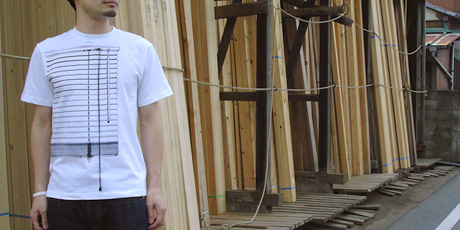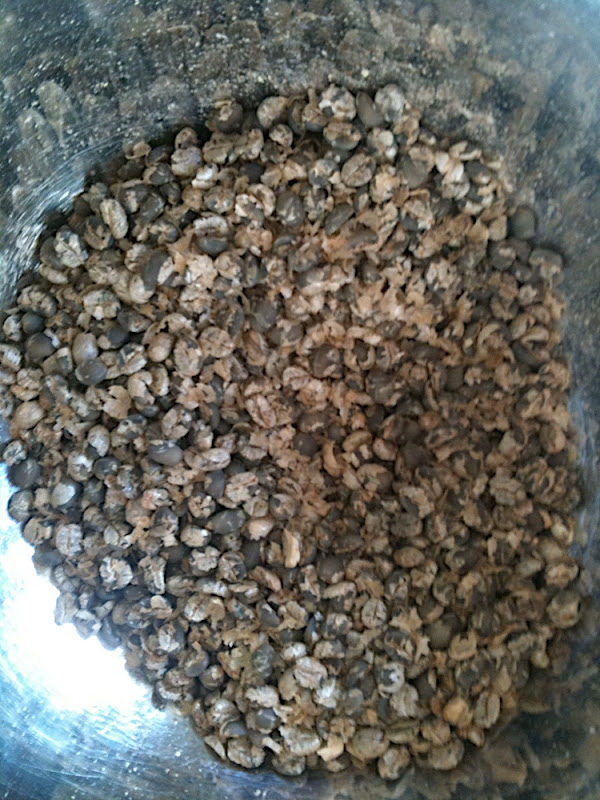Coffee was discovered almost by accident, when a young African goat herder noticed his goats’ increased energy after they had chowed down on some funny looking berries. After much experimenting and many years of experimenting, turning the seeds of these berries into a drink became the preferred method of consumption.
Good coffee at home is just five easy steps away from reality. If you’ve wondered what the difference between the coffee you get in your favourite cafe and the stuff you produce at home is, and why yours doesn’t taste the same, then there are some simple factors that can go a long way towards making your coffee dreams a reality.
Good coffee is a science – but an accessible science. All coffee, be it espresso based, plunger (or French Press), pour-over, brewed, filtered… you name the method… is a matter of combining coffee oils with water. The factors involved in the taste at the end are many and varied – but the most important factor in determining whether a cup of coffee tastes good is the beans. If you put rubbish coffee into the process it doesn’t matter how rigorously you apply the science of coffee. You’ll end up with rubbish in the cup.
There are a lot of factors in the humble bean that will effect the taste of the final product. The ultimate goal is to find a bean flavour you like, and to stick with it (or know how changing the different variables will change the end result). The golden rule when it comes to coffee, and the one that you’ll want to keep no matter your preference for taste, is freshness. Freshly roasted beans, freshly ground. Coffee preparation is chemistry. If beans are not consumed within three weeks of roasting then most of the flavour has essentially evaporated (the beans become stale). If they’re not consumed within three minutes of grinding then most of the oils on the surface of your ground particles of coffee will have reacted to the air around them. You want to maximise the contact of coffee oils with water during the preparation process in order to bring the most flavour out of your beans.
Coffee tasters primarily talk about the taste of coffee in terms of flavour, acidity and body (how robust the flavour is, the consistency of a shot of coffee from watery to oily). In a shot of espresso the oils can separate from the rest of the shot to form a coloured layer called crema. This is full of acidy oil and unpleasant to taste by itself, but it also adds significantly to the body.
Here are the variables in the beans, and the steps you can take to maximise your enjoyment.
Freshly Roasted
Unless you’re prepared to roast your own beans at home (more on that later) you have to put your trust in a roasting company at this point. The key to a great cup of coffee is using your beans between about three days and three weeks of roasting (most coffee rules involve the number three). This rules out most coffee beans sold in supermarkets, and even most beans sold by chain cafes (like Gloria Jeans).
Here are some tips for getting freshly roasted coffee:
- Buy direct from the roaster. There are boutique and large scale roasters operating all over Brisbane – from big players like Merlo, Campos, and Di Bella, to small operations like The Coffee Guy in Clayfield, Litse in Keperra, BlackStar and Cup in West End… There’s no excuse for not going to these guys – and you’re often paying similar prices per kilo to what you’re paying at Woolworths for better quality.
- If you can’t buy direct from a roaster buy from a brand that roasts in Brisbane – try to cut out freight times. Don’t buy beans that are imported roasted from overseas or interstate. Avoid cafes that have bags of beans for sale from shelves that look like they sit there for weeks.
- Wherever possible you should buy beans that come with a “roasted on” label on the bag.
Freshly Ground
Getting the grind right is essential for good coffee (it’s step two in our five steps). But if you’re not sure about grinding your own beans, the sooner you can get the coffee from the grinder to your cup the better. A good rule of thumb for coffee preparation is that you should spend more money on a grinder than a machine. We’ll cover grinding in more depth as we go – but you’ll get better coffee from a $20 stove top and $150 dollar grinder than from a $20 herb/coffee grinder and $150 machine. You’ll get better coffee from a $20 herb grinder than from a bag of pre-ground vacuum sealed beans off the supermarket shelf, and possibly marginally better coffee this way than if you buy small batches pre-ground from a specialty coffee shop.
Tips:
- If you’re going to buy pre-ground coffee, buy it in small batches. Not by the kilo.
- If you’re going to invest in a coffee set up for home get the grinder first.
- It’s ok to start with a hand cranked burr grinder and a plunger.
- Grind on demand. Don’t do a batch for the week. Avoid cafes that don’t grind to order. Every second counts.
Roast profile
Unless you’re roasting your own beans this is one of those things you don’t have any control over – and can’t possibly know for sure. Good roasters moderate the heat being applied to beans at every stage in a roast. Temperature control throughout the roast effects the even distribution of heat to the batch of beans and within the bean itself. Good roasters get the most out of their beans by considering the chemical reaction that occurs within a bean during a roast.
The visible signs of the “roast profile,” and the best way to characterise the roast as an end user, comes from how dark the beans are. Generally speaking, the darker the roast the stronger the coffee. As beans roast their composition changes somewhat – the coffee oils move to the surface of the beans as they get darker (they also get shinier as they darken). It’s a bit like chocolate – the lighter the beans, the sweeter they are, the darker they are the more bitter/strong the flavour is. Light roasts also maintain the individual characteristics of different beans (we’ll get to “origin” in a moment).
Most roasters use the “roast profile” to modify the strength of both the caffeine hit from a coffee and its flavour. When a roaster says a coffee is strong they probably mean dark too. Figure out what you like. This is ultimately a matter of preference.
Freshness of green beans
Green bean freshness isn’t as important as the freshness of roasted beans. Green beans can be stored for a few years before roasting. But there is some evidence to suggest that coffees roasted sooner are a big “brighter” or zestier, while they become more mellow and earthy with age. These effects can also be created by using beans from different origins.
Storage
Keeping air away from beans is important. Vacuum sealed, or air tight containers are the best way to keep beans fresh. A simple zip lock bag with a one-way valve is fine. This valve is especially important for very freshly roasted coffee which is releasing gas as it stablilises. A sealed bag of coffee that puffs up between uses is a sure sign that beans are fresh. Drinking beans while they haven’t properly degassed results in a slightly effervescent (and unpleasant) cup.
Many roasters refrigerate their beans and advocate keeping beans in the fridge or freezer – this is on the whole a bad idea. If you do choose to refrigerate your beans it is important to allow them to come back to room temperature before grinding. Cold beans often become moist as they return to air temperature. This moisture is bad.
Blend/origin
The difference in flavour between coffee beans roasted with the same profile is determined by the conditions in which the beans are grown and prepared for roasting. There are heaps of variables in this process like soil acidity, the altitude the coffee is grown at, and how the coffee fruit is dried and stripped from the seeds (which become our beans…). Different origins have different properties which can be appreciated individually as “single origin” coffees or combined to form balanced blends making the most of different varieties. Professional coffee tasters use this tasting wheel to describe the characteristics of varieties of coffee based on taste and smell. Some people think this is a bit like wine tasting or selling snake oil – but it is helpful to characterise coffees based on levels of acidity and sweetness.

Image source: whole latte love
The first step towards better coffee is coming to terms with these factors and deciding what it is that you like in your mug. Once you know what you prefer you can begin to pursue that taste in every cup. And at that point it’s time to move on to steps two to five.













